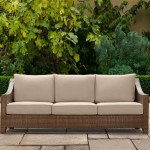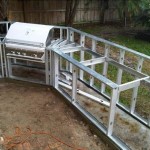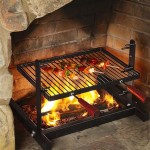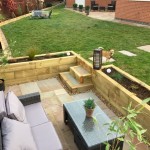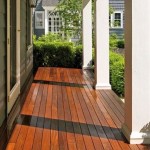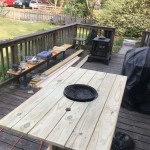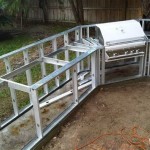Types of Outdoor Flooring Materials: A Comprehensive Guide
Transforming your outdoor space into a welcoming oasis requires careful consideration of flooring materials. With a wide array of options available, it's essential to choose a material that not only complements your design aesthetic but also meets your practical needs. In this guide, we'll explore the essential aspects of various outdoor flooring materials, empowering you to make an informed decision.
1. Concrete
Concrete is a classic choice for outdoor flooring, renowned for its durability and affordability. Its versatile nature allows for diverse finishes, from smooth and polished to exposed aggregate, providing a modern or rustic appeal. Additionally, concrete is highly resistant to wear and tear, ensuring longevity and low maintenance.
2. Pavers
Pavers offer a customizable and cost-effective option. Made from materials such as concrete, clay, or natural stone, pavers come in a variety of shapes, colors, and textures. Their interlocking design enables easy installation and allows for repairs or replacements as needed. Pavers are also slip-resistant, making them ideal for areas around pools or patios.
3. Natural Stone
For a touch of elegance and durability, consider natural stone flooring. Options include granite, marble, sandstone, and limestone. Each stone type possesses unique characteristics in terms of texture, color, and pattern. While natural stone is more expensive than other materials, it offers unparalleled aesthetics and is highly resistant to weather and wear.
4. Wood
Wood flooring brings warmth and character to outdoor spaces. Options include hardwoods such as redwood and cedar, as well as softwoods like pine and Douglas fir. Wood requires regular maintenance to protect against moisture and UV damage, but it offers a timeless and inviting ambiance.
5. Composite Decking
Composite decking is an innovative material that combines the aesthetics of wood with the durability of plastic. Made from a mix of wood fibers and polymers, composite decking is resistant to rot, moisture, and insects. It's a low-maintenance option that comes in a variety of colors and textures, offering the look of natural wood without the drawbacks.
6. Artificial Grass
Artificial grass is a practical and low-maintenance alternative to natural grass. It offers a lush, green surface that requires minimal watering or mowing. Artificial grass is ideal for areas with poor soil conditions or limited access to sunlight, providing a year-round green space.
Factors to Consider When Choosing
When selecting an outdoor flooring material, consider the following factors:
- Climate: Materials like concrete and pavers are well-suited for all climates, while wood may require more maintenance in wet or humid environments.
- Use: Determine if the flooring will be used primarily for leisure or high-traffic activities.
- Budget: Materials range in price, with concrete and pavers being more affordable options.
- Aesthetics: Match the flooring material to the overall design theme and color scheme of your outdoor space.
- Maintenance: Some materials require regular cleaning, sealing, or refinishing, while others are relatively low-maintenance.
By considering these essential aspects and factors, you can choose the perfect outdoor flooring material to enhance the functionality, beauty, and longevity of your outdoor oasis.

Material Types Of Exterior Flooring

The Best Outdoor Flooring Options Types Of Theinstallers

Outdoor Porcelain Tiles And Floor

What Are The Best Outdoor Flooring Options

The Complete Guide To Choosing Best Outdoor Tile

10 Outdoor Patio Flooring Trends Blog Quorn Stone

Elevate Your Exterior Space With Outdoor Tiles Tiletoria

Top 7 Est Patio Flooring To Choose From

11 Fantastic Patio Flooring Ideas To Transform Your Home

7 Types Of Excellent Outdoor Flooring Materials Diyhomegarden Blog
Related Posts

